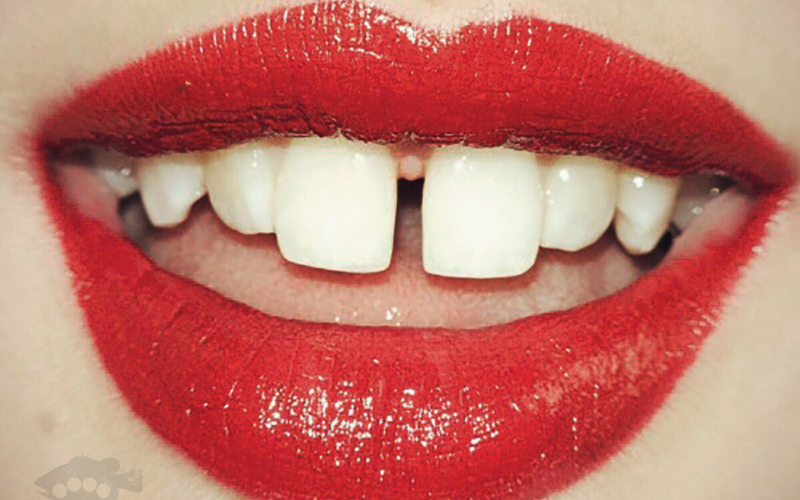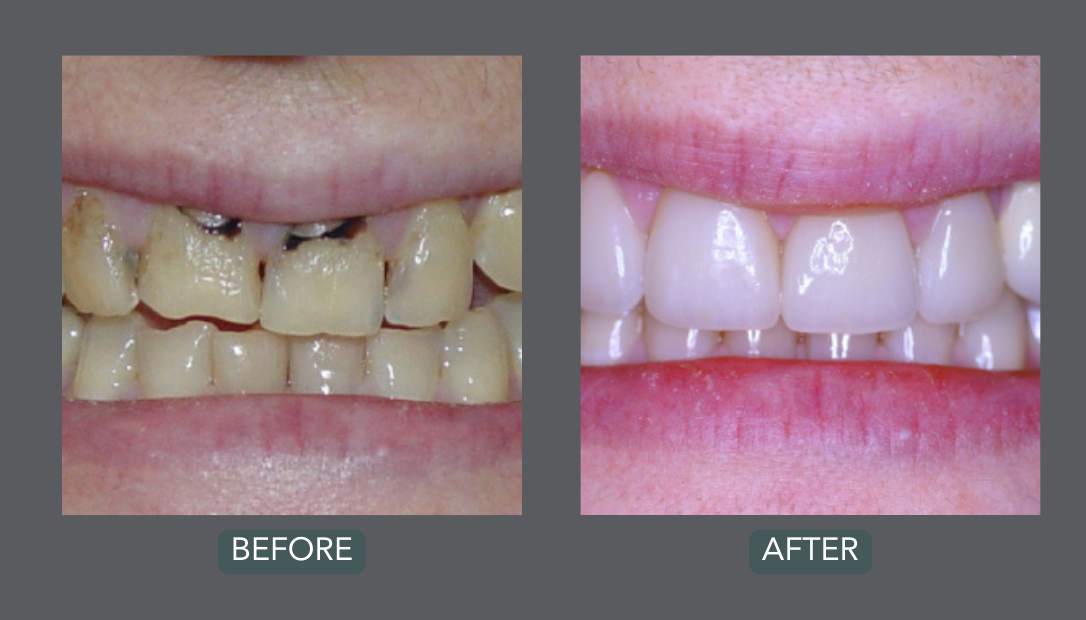
Diastema, or space between teeth, can be a distinctive aspect of your smile, some people feel self-conscious about it or have dental issues as a result. Have you ever wondered why some people are born with gaps and others are not? There are more causes of gapped teeth than just heredity. Today’s blog will explain the root causes behind, prevalence, and preventative measures.
Why Do Some Have Gapped Teeth?
The development of gaps between teeth is caused by several reasons. These are the most specific explanations:
1. Genetics: The Most Important Aspect
- One will have gapped teeth if your parents or other family members do.
- Inherited characteristics that affect spacing include jaw form and tooth size.
- Gaps are a normal result of a bigger jaw with smaller teeth.
2. Small or Missing Teeth
- Some people have excess space between their teeth because they are born with missing or undersized teeth.
- The teeth next to your front teeth, known as the upper lateral incisors, are often affected, leading to obvious gaps. Cosmetic dentist in Arcadia can assess these conditions and offer appropriate treatments for them.
3. Overgrown Labial Frenum
- The little tissue that connects your top lip to your gums is called the labial frenum.
- It can cause a gap if it is excessively big and pushes the front teeth apart.
- Frenectomy—the removal of extra tissue can resolve the problem in certain situations.
4. Childhood Habits That Affect Tooth Position
Certain oral habits during childhood can contribute to gaps:
- Thumb Sucking – Exerts pressure on the front teeth, pushing them forward.
- Prolonged Pacifier Use – Similar to thumb sucking, it affects tooth alignment.
- Tongue Thrusting – When the tongue pushes against the teeth while swallowing, it can gradually widen gaps.
5. Gum Disease & Tooth Shifting
- Advanced gum disease can lead to bone loss, causing teeth to shift and create gaps.
- Symptoms like bleeding gums, bad breath, and loose teeth are warning signs.
- Regular dental checkups can help prevent this issue.
According to the American Dental Association (ADA), up to 25% of adults have a noticeable gap between their front teeth. While some embrace it as a signature feature (think Madonna or Michael Strahan), others seek treatment for cosmetic or dental health reasons.
Can They Get Fixed?
Yes! If you want to close a gap, there are several treatment options:
1. Braces or Clear Aligners
- Best for: Closing larger gaps and improving overall alignment.
- How it works: They gradually move teeth closer together using brackets and wires or clear aligners like Invisalign.
2. Dental Bonding
- Best for: Small gaps.
- How it works: A tooth-colored resin is applied to the teeth, closing the space instantly.
3. Veneers
- Best for: A long-lasting, aesthetic fix.
- How it works: Thin porcelain shells are placed over teeth to enhance shape and close gaps.
4. Frenectomy (for Overgrown Labial Frenum)
- Best for: Gaps caused by excess gum tissue.
- How it works: A minor surgical procedure removes the tissue, allowing teeth to move naturally.
Gapped teeth can be a personal choice—some love them, while others prefer a more uniform smile. Understanding the cause can help determine if treatment is necessary, especially if the gap affects oral health or leads to bite issues. If you’re considering closing a gap, consult our cosmetic dentist to find the best solution for your smile!




